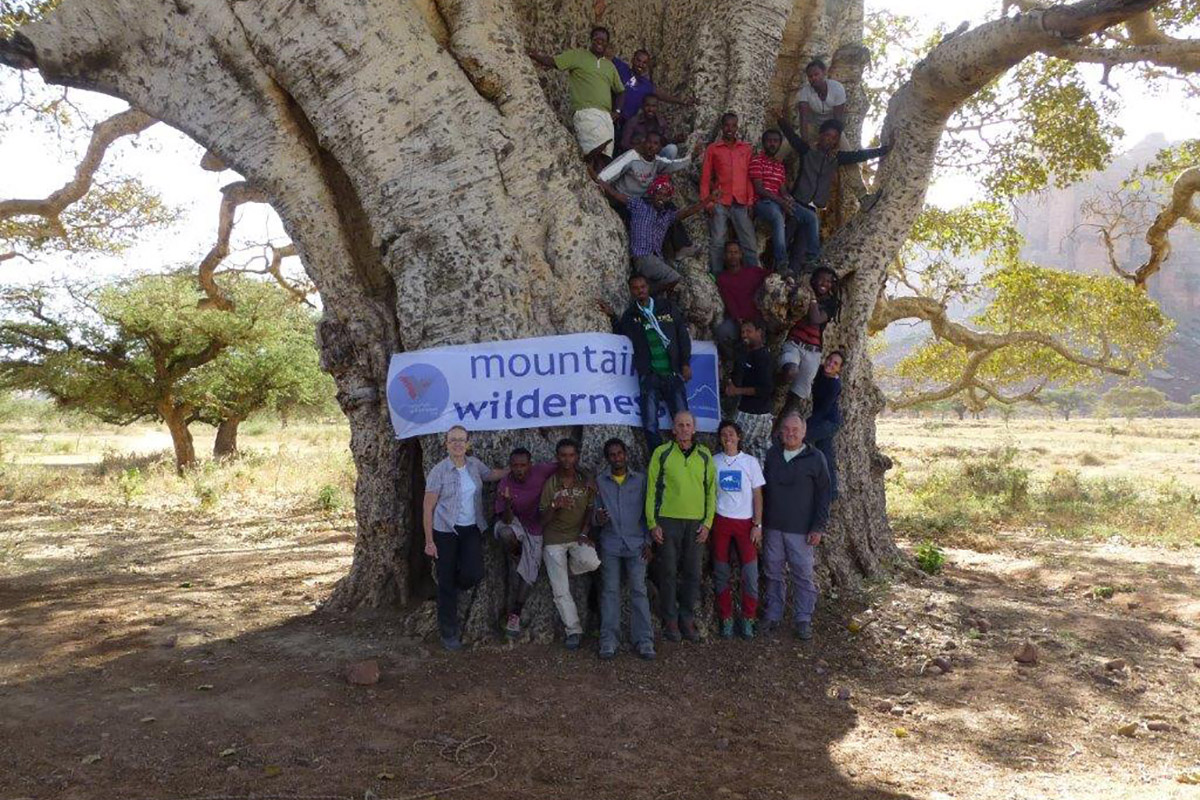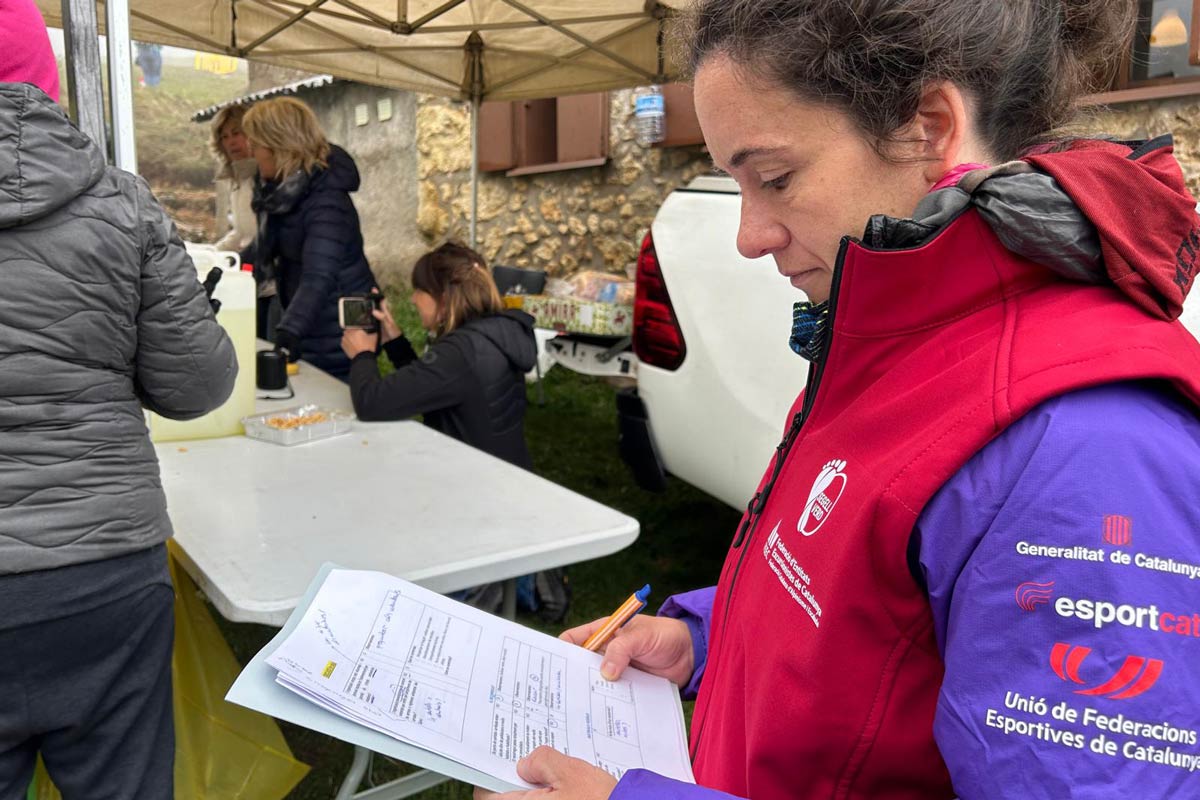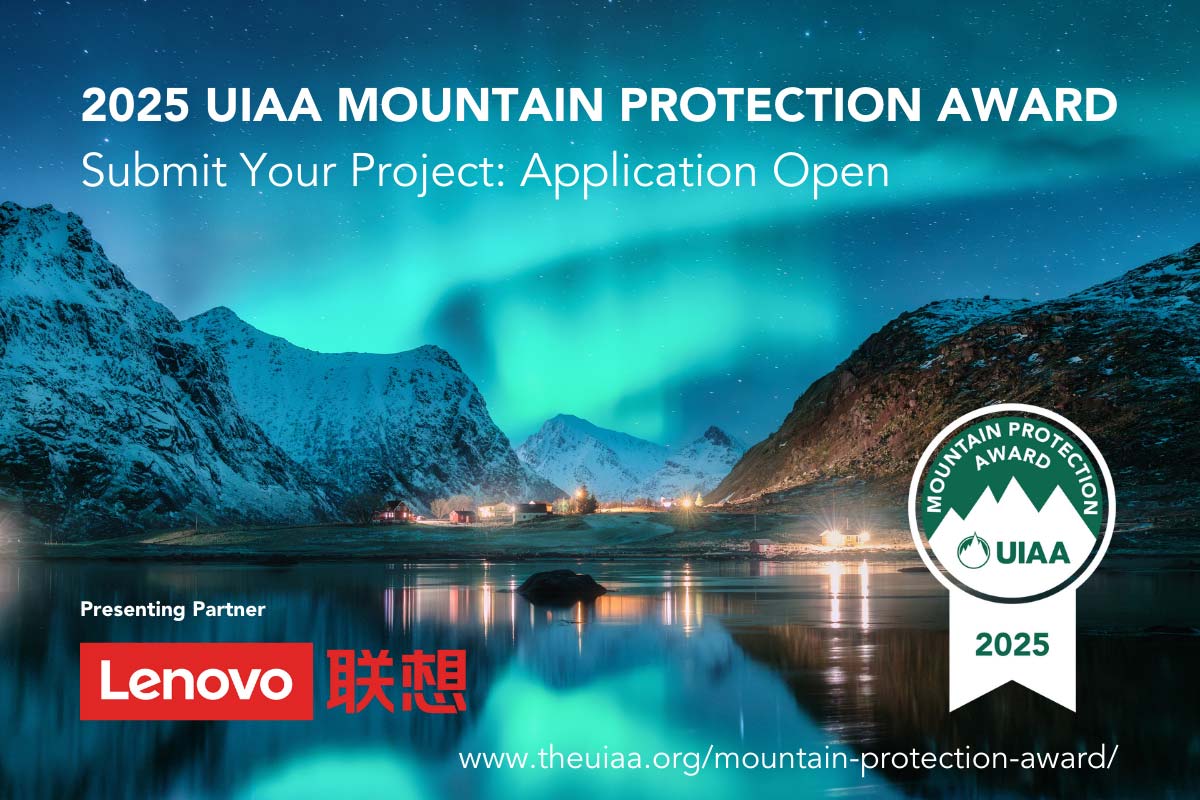2018 Nominee
PROJECT INFORMATION
NEW ENTRY
Project Status: December 2018 – September 2019
Location: Italy. Project based in: Ethiopia
Email – Facebook – Website
GOALS AND OBJECTIVES
The objective of this project is to transmit to local guides technical and cultural expertise regarding the management of their environmental and cultural heritage in terms of eco-sustainable tourism. The area stands out mainly for being a mountain environment full of precious and delicate rock churches, dug on rocky peaks which are difficult to reach and somewhat dangerous. A destination for many tourists who are most of the time accompanied by impromptu (and even illegal) local guides. The purpose of the courses organized by Mountain Wilderness Italia is to teach local guides safety techniques in exposed environments (basic mountaineering techniques, management preparation and possible customer selection); first aid, attention and care for cultural and environmental heritage. Particular attention was given to the selection and training of junior instructors with the aim of creating an autonomous and permanent Ethiopian school.
In order to facilitate mountain tourism (climbing and trekking) even in the mountainous area of Adua, which has a much higher rock quality, options have been explored together with the junior instructors. This area was previously almost unknown both to locals and tourists. Through the aid of Mountain Wilderness Italia traditional style climbing routes (of medium difficulty) have been opened, in order to promote sport tourism in this area.
RELATIONSHIP WITH LOCAL COMMUNITIES
The training courses were born at the request of local communities, from the Guide Association of Megabh (village below the Gheralta mountain group) and from the Adigrat Guide Association. The children involved in the training courses all live in the villages mentioned above and have already carried out the guide position in their respective associations. Since the courses were also attended by female guides, it was necessary that the concept was accepted in the villages of origin, this was made possible thanks to the intervention of the majority of the same villages.
In order to give them the opportunity to follow the theoretical and practical lessons, and use them later in their craft, the boys and girls received all the necessary equipment (ropes, harnesses, climbing shoes, approach shoes, carabiners, postponements), helmets, hats, curtains, mats) and a per diem that would compensate them for any job losses on the days of the course. Junior instructors have received additional climbing materials and have been involved in the creation of a small outdoor climbing gym to carry out the necessary exercises for the courses to come. Mountain Wilderness has sent qualified instructors over the years that, as a volunteer and with the exception of a small contribution for the first course, they have provided at their own expense to find the necessary materials and purchase the airline tickets. For on-site logistics, the support of the owners of the lodges in the area was invaluable.
COLLABORATION WITH LOCAL AUTHORITIES
The project availed itself of the collaboration of the Tigray Tourist Office, based in Makallè, which proceeded to select the participants of the courses by providing the names. The Tourist Office of the Tigrai region has also provided written authorizations to allow the exploration of the mountains of the Adua area, near the border with Eritrea. During the course of the courses and in the final stages of the same, the regional head of the office officially intervened in the lessons supporting with their presence and their interventions the importance of the courses for the development of the area and the preservation of the mountain territory.
BEYOND ‘BUSINESS AS USUAL’
The project was created with the aim of teaching local guides, whom for years have been bringing tourists around their churches and mountains, to manage an economic heritage in the respect and protection of their environments. Working on the awareness of local guides about the priceless heritage of which they are ambassadors, we believe it is the most appropriate instrument to defend now and in the future of extremely delicate and precious environments. Here are some instructions provided to the students about how they should conduct their role:
– Provide tourists with correct historical information – a problem is that there are big differences of opinion about these matters, since local stories may be that the church was founded earlier than many scholars believe, and they may also have stories about the church being burnt by Gudit etc. In these cases it would be best for the tour guides to just know what the range of opinions are.
– Inform tourists about correct behaviour inside the church, and in the vicinity of the church (eg. modest dress, removing shoes, respecting and not entering private spaces).
– Ensure visitor safety by controlling movement of visitors along narrow ledges etc.
– Limit numbers of visitors to safe levels in small churches to avoid damage to the paintings
– Make visitors aware of possible damage through leaning against paintings, accidental contact with backpacks, cameras, walking poles etc.
– Discourage visitors from littering and graffiti – there have been recent incidents of tourists carving their names into rocks, or writing on cave walls at Qorqor and other sites.
– Discourage visitors from camping in environmentally-sensitive areas – this has been a growing problem in the last two years. Its a problem because the church sites do not have the facilities to support this (no toilets, showers, running water etc.), but it is also disturbing to the peace and solitude of the holy mountain sites
– Being ambassadors of their country and their artistic and cultural heritage, specialized trekking guides provided with a small alpine baggage (enough to accompany a tourist in safety in the visit of a rock church), people capable of handling small emergencies, makes the craft of these guides more engaging and more satisfying.
PROJECT MANAGEMENT
We want to organize a new course for local guides and for the update for the students of the previous courses managed by the Junior Instructor. We will also carry out an exam which will allow the Junior instructors to become instructors.
The course which will begin approximately in December, 2018 and will be composed of 20 lesson days: eight in class theoretical lessons on alpinism, climbing and tourism; nine practical lessons with a final verification proof.
The cost of each course has been about 7000 euros per year and includes air tickets for instructors, per diem students, insurance for students and instructors, materials, transport costs, accommodation for boarding instructors, accommodation for students, living expenses on site (security guard, entrance to churches), secretarial expenses.
The expenses related to the materials have been covered thanks to the involvement of manufacturers and mountaineering shops (SCARPA and GRIVEL store Rrtrek Rome, Campo Base Rome); some CAI mountaineering schools provided ropes and harnesses; food and drink (for instructors and students) transport on site and insurance for students were paid by Gheralta Lodge and donors; the camping and kitchen equipment for the students was provided free of charge by the Lodge owned by Mr. Cantalamessa; the per diem of the students was paid by donors, the air tickets and insurances for the instructors were paid by the instructors themselves except for the course of December 2017 in which there was a contribution of one thousand euros for a legacy of a partner Mountain Wilderness Italy.
VOLUNTEER OPPORTUNITIES
The project is not limited to the tourist development of the mountainous area but is characterized by a strong connotation of ecosustainability in terms of use of the mountain territory; to this end, particular attention was paid to highlighting and instilling in students the awareness of the need to preserve their natural heritage for their own future and for that of future generations. It should be noted that the message was received completely, we had confirmation during the checks in that the message we gave to the students was transferred to customers and, even more important, to the inhabitants of the mountainous territory thus triggering a virtuous circle.
HOW WE COMMUNICATE
Our communication will focus in particular on: (i) Disseminating information through articles in Italian and local newspapers, (the previous course had articles published on the insert of the Manifesto “In Movimento”, articles on the website of the Italian Cooperation of Adis Abeba, articles in the magazine of Mountain Wilderness), also on social networks and in particular Facebook (Mountain Wilderness Italia Onlus website as well as other partner’s facebook). We will also disseminate information through the Mountain Wilderness Italia website (www.mountainwilderness.it).
RETURN TO 2018 UIAA MOUNTAIN PROTECTION AWARD PROJECT PAGE



